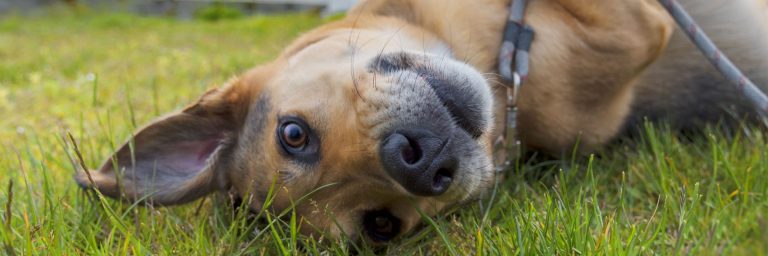At some point or another, you will need to give your dog a tablet. Training them to take a tablet early in life can make your life much easier!
Here are a few suggestions on how to give that tablet.
1. The ‘quick chicken’ technique
Choose a treat that your dog loves, in this example, I will use roast chicken.
Select two good sized pieces of roast chicken. This is called the ‘quick chicken’ technique, because we want to offer the treats in rapid succession, giving you dog time to gobble and not think!
Offer the first treat, let them chew (and consider how generous you are!) and then before they’re finished, feed the tablet then very quickly offer the next bite of delicious chicken.
The aim of this is to have them swallow the medication before they’ve had time to think, because you’ve already offered the next piece of chicken.
Sometimes having another couple pieces of chicken within reach can be helpful if your dog is cheeky and tries to chew around the tablet. Continue offering the chicken quickly until it’s gone!
2. The ‘pocket’ technique
Select three pieces of roast chicken (or dog roll) and cut a pocket into one piece to hide your tablet in.
As in the first technique, we want to offer these treats in quick succession. We aim to gobble them down and not eat daintily! Offer he first treat, then the second will be our treat with the tablet in it, followed quickly by the third treat, which we offer before they’ve had a moment to consider chewing the second piece.
3. The ‘squishy cheese’ technique
For this we need processed cheese slices, cheaper brands of wrapped cheese are useful as these are the most moldable. This technique is not suggested for dogs that have experienced pancreatitis, as cheese is considered a high fat food, which puts these dogs at risk of recurrence. Nor those dogs that have multiple tablets to take.
For this technique, we can use a small amount of processed cheese (certainly not the entire slice!), and wrap the tablet inside the cheese, molding it around the tablet. This can simply be offered to your pet. Popping it on the top of their usual meal often works well, as they can consider it the entrée!
4. The ‘down the hatch’ technique
This is the oldest of the tableting methods.
For smaller dogs, using a pet piller can be helpful in getting the tablet to the back of the tongue. These plastic devices hold the tablet at the far end, and can be used to deposit the tablet at the back of the mouth without having your fingers in the mouth.
For larger dogs, open the mouth and place the tablet as far back in the mouth as possible.
Usually when placed in the correct location, your pet will instinctively swallow. However, it is always nice to offer your dog his/her favourite treat as a reward for taking the tablet.



